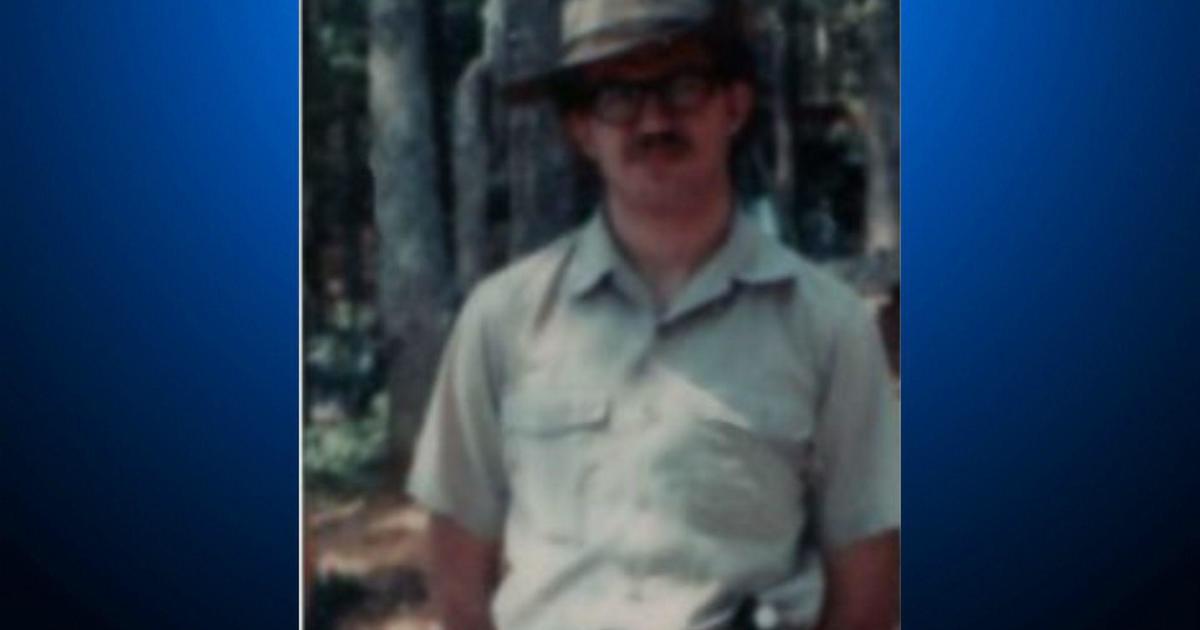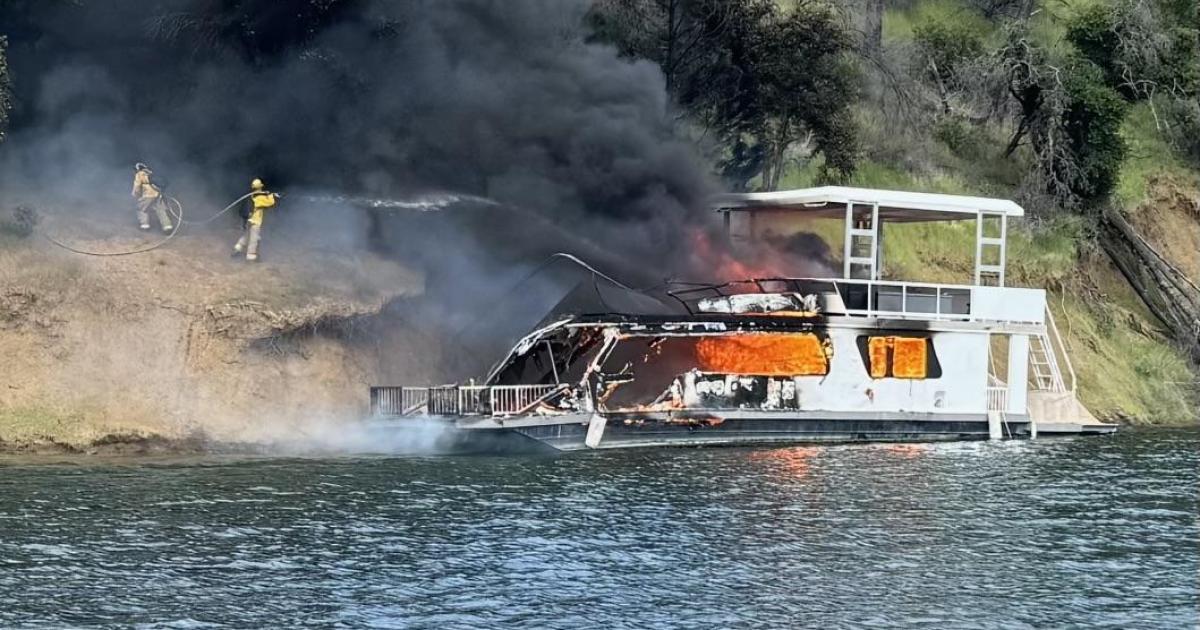Sonoma County High School Students Struggle Amid Pandemic, Fires; 37% Failing At Least 1 Course
SONOMA COUNTY (CBS SF) – Thirty-seven percent of high school students in Sonoma County – nearly four in 10 -- are failing one or more classes, compared to 23 percent last year.
Every grade is experiencing similar jumps in failure rates. Among seniors, 31 percent have at least one F, compared to 23 percent last fall, according to figures released Tuesday by the Sonoma County Office of Education.
Meanwhile, in a May survey of 4,500 high school students in the county, 71 percent reported that "feeling anxious about the future" was the number one barrier to distance learning.
The survey was conducted by YouthTruth, a nonprofit that conducts education-related surveys, and among 21 school systems in California and eight other states, the response about anxiety was unique to Sonoma County.
Those findings propelled Sonoma County educators – administrators, teachers and counselors from 10 school districts – into a hastily convened gathering Tuesday focused on how to support high schoolers whose schooling has been disrupted in unprecedented fashion.
"We're really at a starting point for finding those solutions," said Healdsburg Schools superintendent Chris Vanden Heuvel. "We know we need to do so rapidly, graduation and student success in the future is a huge concern; but we're willing to talk about anything and everything we can to make sure that we get some wins for kids."
About 120 people attended Tuesday's event, which was held on Zoom and focused on grades and mental health and what the next steps should be to address the problems.
A second gathering is set for Nov. 5.
Even for people already immersed in the challenges of distance learning and the disasters that have impacted the county before, during and including the pandemic, it was eye-opening.
"I sort of knew that people were struggling all over the county, but to look at some hard numbers and data and to be reminded of just how much trauma we've been through over the years. I think of a high school senior now, they have not had a normal school year," said Pete Stefanisko, a Windsor High School teacher.
"Their entire high school experience has been interrupted by fires, evacuations, power shutoffs, COVID," Stefanisko said. "And so all of that is in the background, and they don't have the normal things that they get to do to relieve school stress."
Vanden Heuvel said he had been struck by discussions about how distance learning had cracked the sense of community that schools provide students.
"It's something that I knew, both as a parent and, you know, as an educator," he said. "But to see the data and the numbers that really show the stark contrast between pre-COVID and COVID, and the lack of community ... that was startling to me and of great concern."
Several youth voices were heard, too, through a 10-minute video titled "Distance Learning and Grading: Local Student Empathy Data," that featured students relaying their concerns and experiences.
Maylete Alberto Cisneros, a Windsor High School senior, said, "We have to babysit or we have to take care of our responsibilities at home. But we also have responsibilities at school. And we want to do good, but it just stresses us out because we can't find time to do everything all at once, when our parents are yelling at us, 'You have to do dishes, you have to do laundry,' you have to do this and that, and we're thinking 'Oh, I have to get my school stuff ready."
Fiona Affronti, a Healdsburg High School senior, spoke in the video about how school can pale next to pressures that in some ways have come to feel commonplace, if no less alarming.
"You get that Amber Alert on your phone, saying you're on evacuation warning, get ready to pack your bags, you know, that makes it really hard," Affronti said. "What's the point, why does this matter in the grand scheme of things when my house may not be here tomorrow? When my grandma is now at risk because she has to go to the Petaluma Fairgrounds or somewhere to evacuate and you can't keep 6 feet distance there, you know?"
Data from the county office of education show that the academic struggles cut across many lines. In Sonoma County:
-46 percent of socioeconomically disadvantaged high schoolers are failing one or more classes, compared to 35 percent last fall.
-67 percent of English language learners have one or more Fs, compared to 49 percent last year.
-46 percent of Latinx high schoolers have at least one F, compared to 36 percent last year.
-Of white high school students, 31 percent are failing one or more classes, compared to 21 percent last fall.
Educators said that with 10 high school districts represented at the event, it became clear how widespread the problems and challenges are.
"Other districts and other educators are having the exact same problems that we're having," said Will Lyon, a Santa Rosa High School teacher and president of the Santa Rosa Teachers Association. "This isn't because we're bad teachers, because we're not doing it right, or that we work in a bad district that doesn't know how to do this. It's because it's really hard for students and for staff. So it's helpful to realize that we're all sort of on the same team."
Though the focus was on students, the event was dubbed the Teacher Wellbeing Summit, and Eric Lofchie, a mental health clinical supervisor for Santa Rosa City Schools, said he came away with a new understanding of the challenges teachers face.
"It was really valuable for me to understand how much longer instruction takes in this setting," Lofchie said. "And just the difference in the classroom setting in person versus virtual, and the amount of work that it takes to make it through and teach to the exact same content areas is something that I think that we are all as a system now grappling with in a way that I don't think we had."
Diann Kitamura, Santa Rosa City Schools superintendent, said turning the situation around will require a combined effort.
"What was hugely important for the superintendents is this is not something that's going to come from the top down," said Kitamura. "This is to do with teachers, with parents, with students, and not to them, because that's not going to work. I mean that's just the bottom line."
© Copyright 2020 CBS Broadcasting Inc. and Bay City News Service. All Rights Reserved. This material may not be published, broadcast, rewritten or redistributed.



